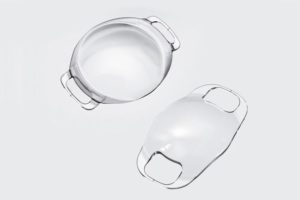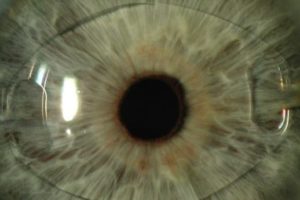Refractive surgery is an eye surgery that consists in correcting the vision disorders caused by ametropia (myopia, astigmatism, hyperopia, presbyopia).
There are currently 3 techniques :
- laser corneal surgery, which is irreversible.
- additive surgery, consists in hooking an implant at the iris. This surgery is reversible.
- clear lens surgery. This surgery is irreversible.


Why use additive surgery ?
While wearing glasses and contact lenses allows a temporary correction, additive surgery aims to correct problems.
For this purpose, an artificial lens (implant) is implanted.
The advantage of this technique is the ability to remove the implant and return to the starting situation.
Anyone wishing to stop wearing glasses (or lenses) is a potential candidate for surgery.
Only after passing the preoperative exams will the surgeon decide whether to perform this procedure.
Process
All refractive surgeries are performed under a microscope.
Anesthesia is either topical (a local anesthetic drop, without injection) or general. If deemed useful, an anesthesiologist is present throughout the procedure, even if the anesthesia is topical.
If it is a lens surgery, refer to the chapter of cataract surgery.
In the case of myopic, hypermetropic or astigmatic implant surgery, the procedure involves:
1. Incision of the cornea.
2. Implementation of the irian implant.
3. Suture or hydration of the incision.
The implant is a small lens that focuses the images on the retina. He stands here in front of the iris.


